What to do in Bolivia: 20 must-sees and must-dos
Anto
11 Sep 2023
Welcome to Bolivia, a country of breathtaking natural beauty, rich culture and varied landscapes. From the endless expanses of the Salar d’Uyuni to the historic cities of La Paz and Sucre, via the shores of legendary Lake Titicaca, Bolivia offers a unique experience for travellers. Whether you’re a trekking enthusiast, a history buff or simply in search of adventure, Bolivia is sure to seduce you. Discover the hidden treasures of this high-altitude country, where every corner reveals an unexpected surprise. Get ready to explore the peaks of the Andes, plunge into colorful markets and immerse yourself in a rich and diverse culture. Welcome to Bolivia, a destination that’s sure to fill you with wonder.
Your online travel health insurance
Start your quotation now and obtain your medical insurance certificate, which insures medical expenses according to the country’s needs.
Before you travel to Bolivia, here are some useful links to help you plan your trip:
The Salar d’Uyuni is one of Bolivia’s – and the world’s – most fascinating natural wonders. Located in southwestern Bolivia, it is the world’s largest salt desert, stretching over 10,000 square kilometers. When you visit this place, you’ll marvel at the endless landscape of sparkling white salt, creating a perfect mirror effect during the rainy season. It’s a unique place for photographers and adventure-seeking travelers.
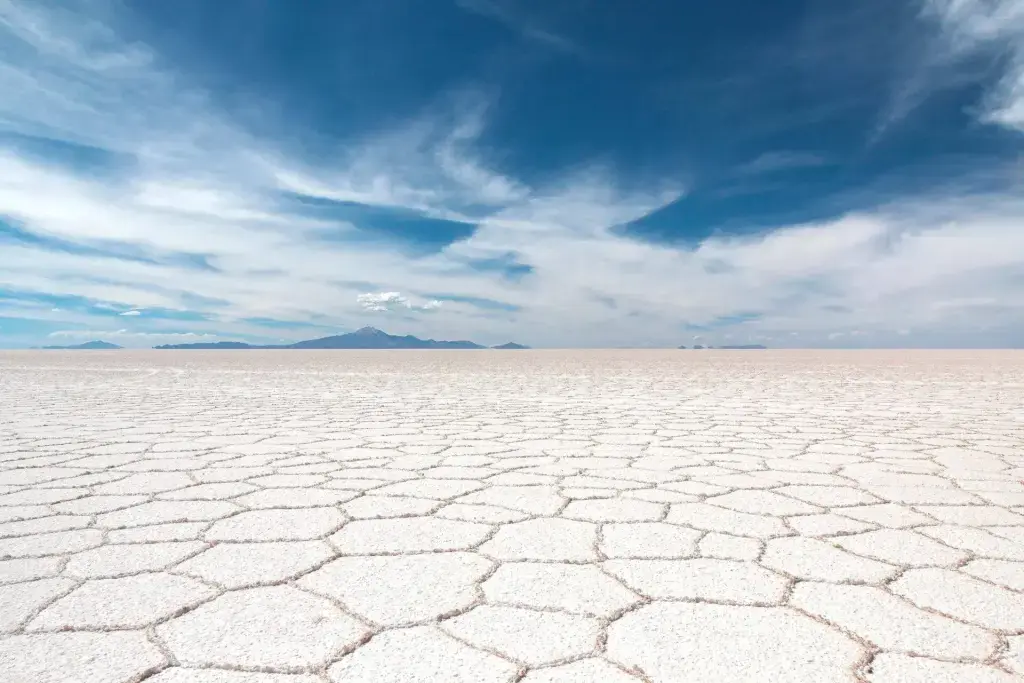
La Paz, perched at an altitude of almost 3,650 meters, is the world’s highest capital, offering a spectacular landscape nestled in the Bolivian mountains. This vibrant city perfectly combines tradition and modernity. Here you’ll discover the famous Witches’ Market, where you can find local handicrafts, mystical potions and unusual objects.
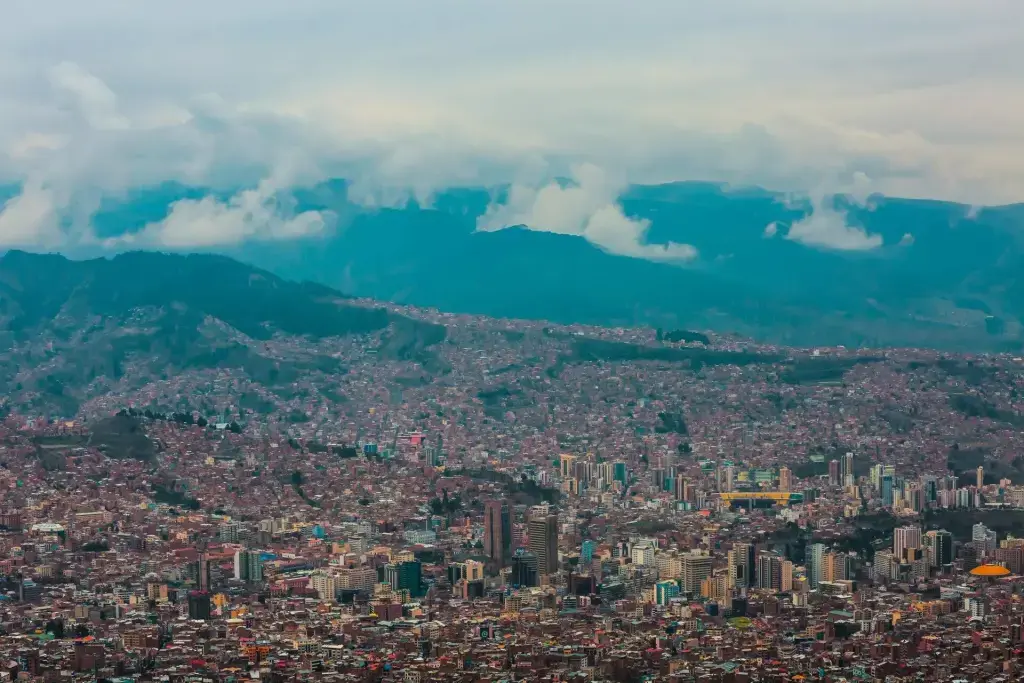
Lake Titicaca, straddling Bolivia and Peru, is the highest navigable lake in the world, perched at an altitude of 3,810 metres. This magical place is surrounded by majestic mountains and dotted with picturesque islands, including the famous floating reed islands of the Uros. The Lake Titicaca region is steeped in mythology and centuries-old traditions, with indigenous villages preserving their ancestral way of life. You’ll discover welcoming communities, unique customs and colorful markets where local crafts take pride of place.
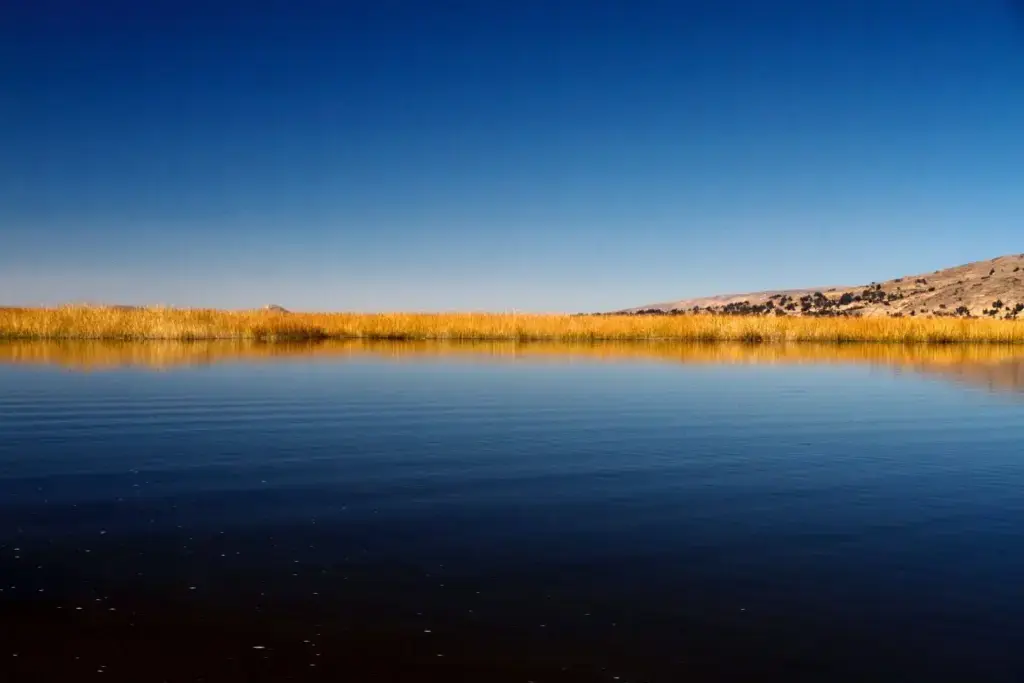
Potosí, a city located in Bolivia, is a historic and emblematic place that is home to the legendary Cerro Rico, or the “Rich Mountain”. This majestic peak is famous for its vast silver deposits, which played a crucial role in South America’s colonial history.
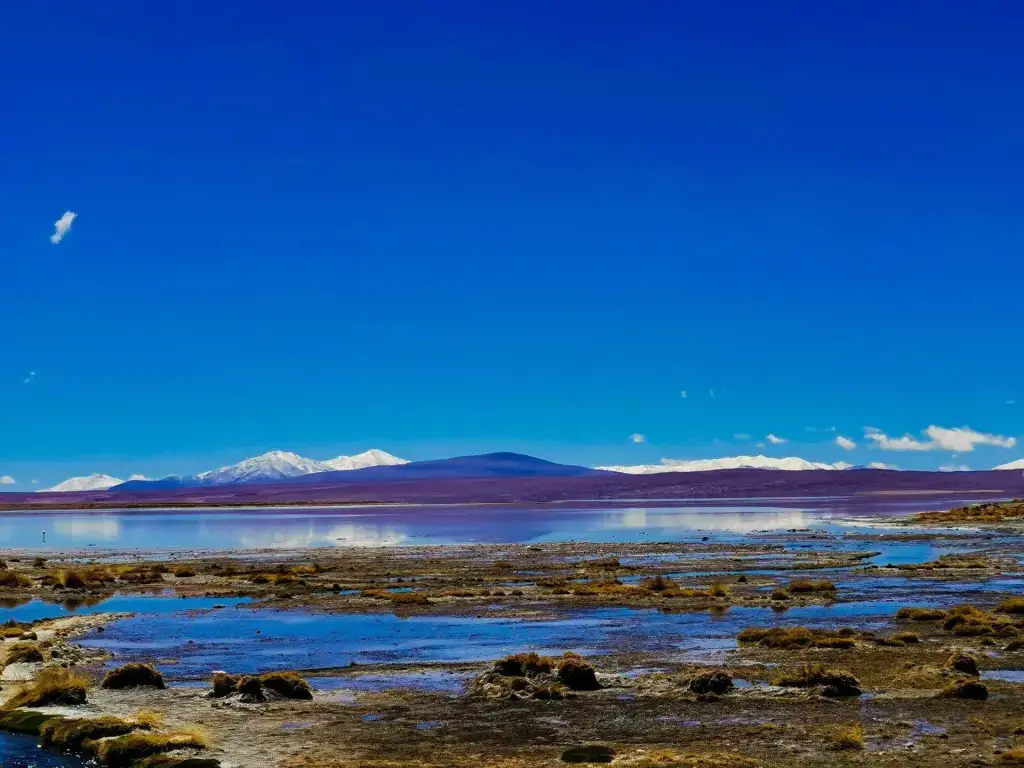
Sucre, Bolivia’s constitutional capital, is a city steeped in history and charm. Nestled in the majestic Andes mountains, it offers a unique blend of well-preserved colonial architecture, picturesque cobbled streets and lively squares. The Casa de la Libertad, where Bolivia proclaimed its independence, is an iconic historic site not to be missed. You can also visit the Textile Museum to discover the traditional art of the region.
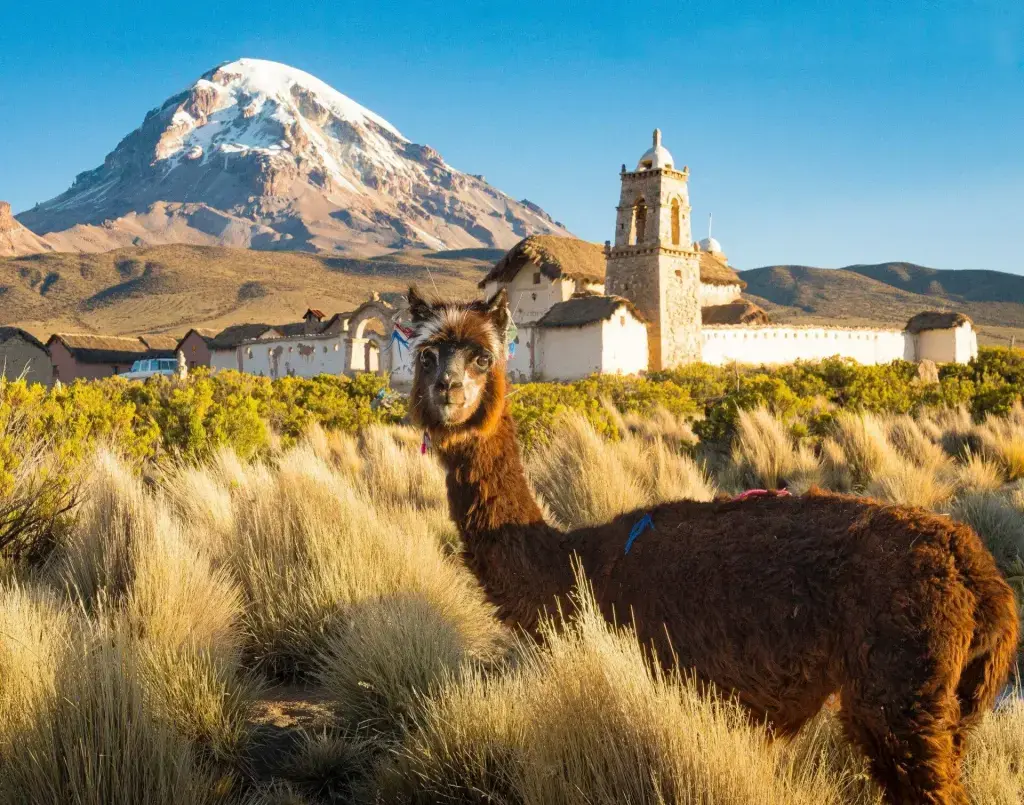
Madidi National Park, located in northwestern Bolivia, is a treasure trove of biodiversity and natural beauty. This protected reserve extends over a vast area, home to a wide variety of ecosystems, from mountains to rainforests to rivers.
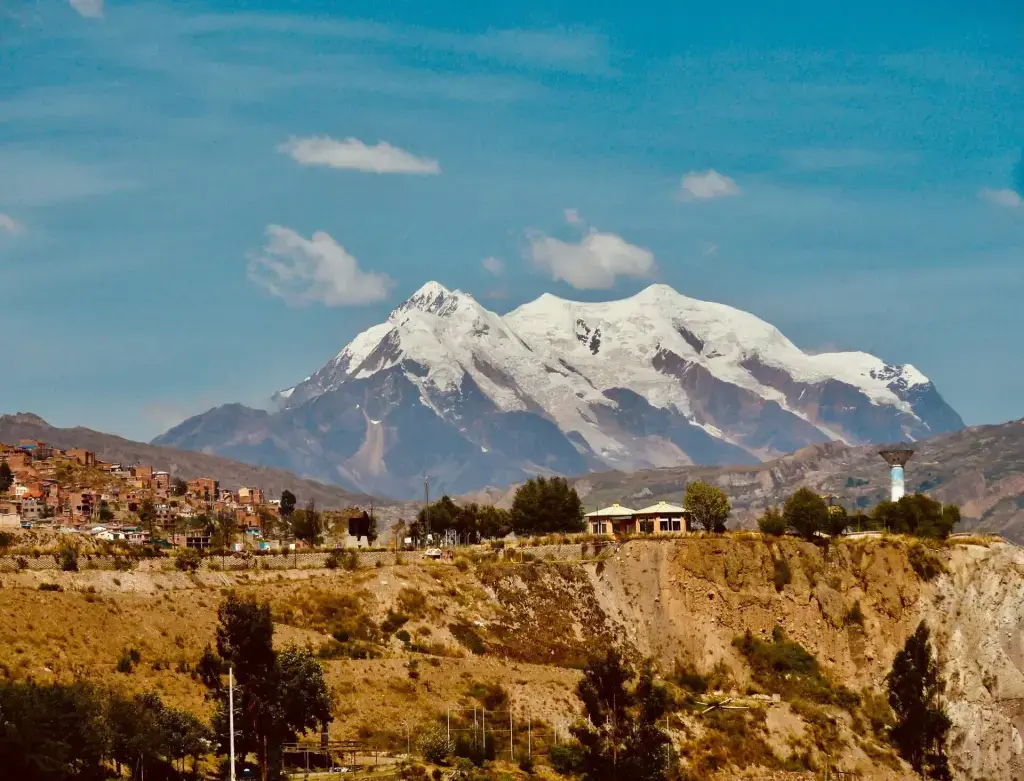
Isla del Sol, on Bolivia’s Lake Titicaca, is a legendary place steeped in history and culture. This island, considered sacred by the indigenous peoples, offers an enchanting landscape of mountains, beaches and crystal-clear waters.
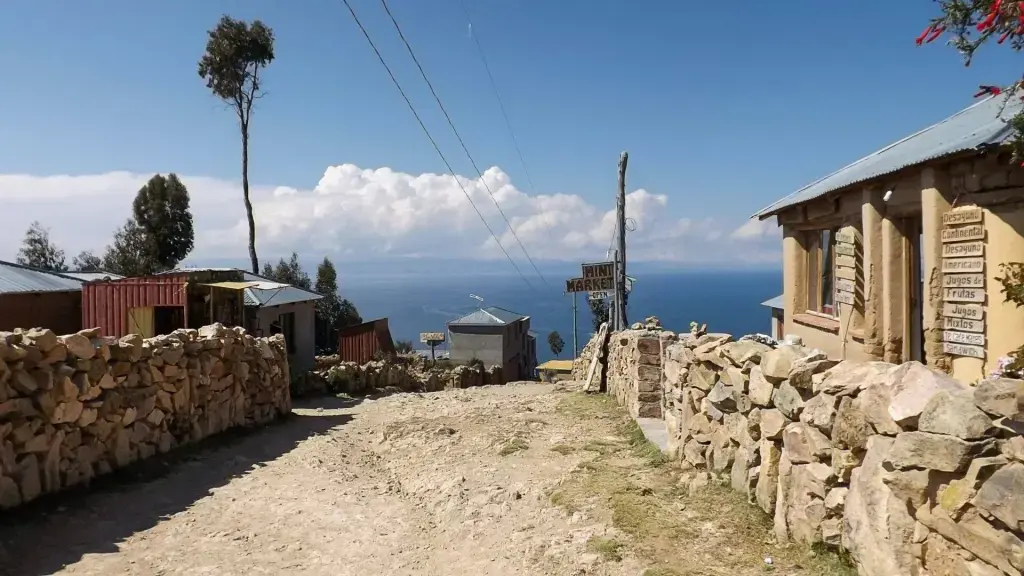
Santa Cruz de la Sierra, often referred to simply as Santa Cruz, is Bolivia’s largest city and a major economic hub in South America. Nestled in the country’s tropical eastern region, this dynamic city is surrounded by lush green landscapes, luxuriant forests and winding rivers.
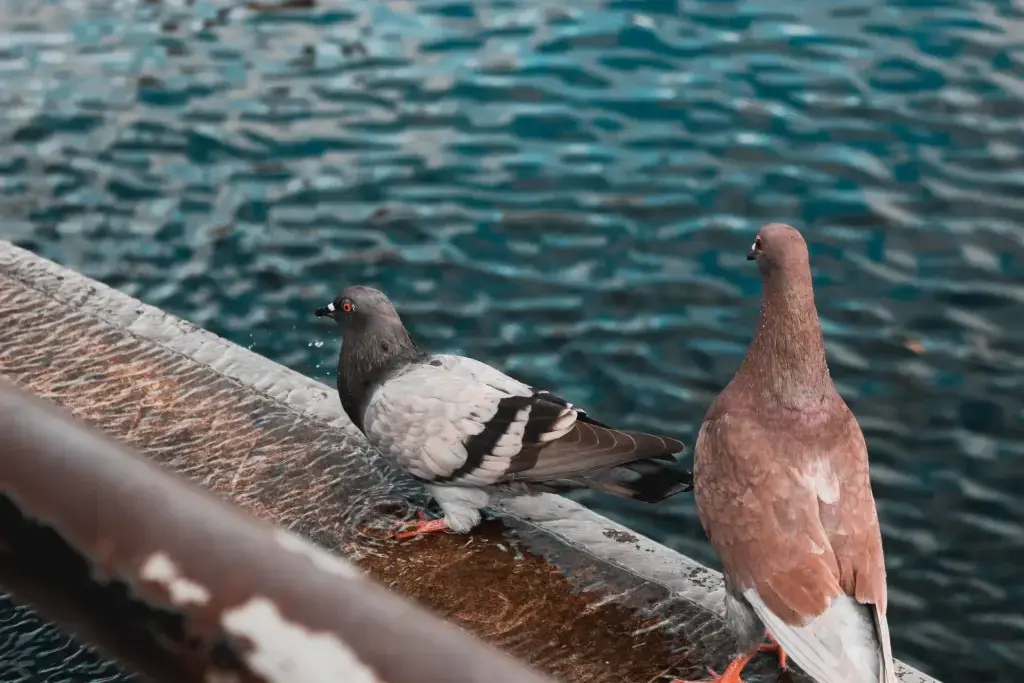
Torotoro National Park, located in the Potosí region of Bolivia, is a geological and paleontological treasure trove. This protected area is famous for its spectacular rock formations, mysterious caves and incredibly well-preserved dinosaur footprints.
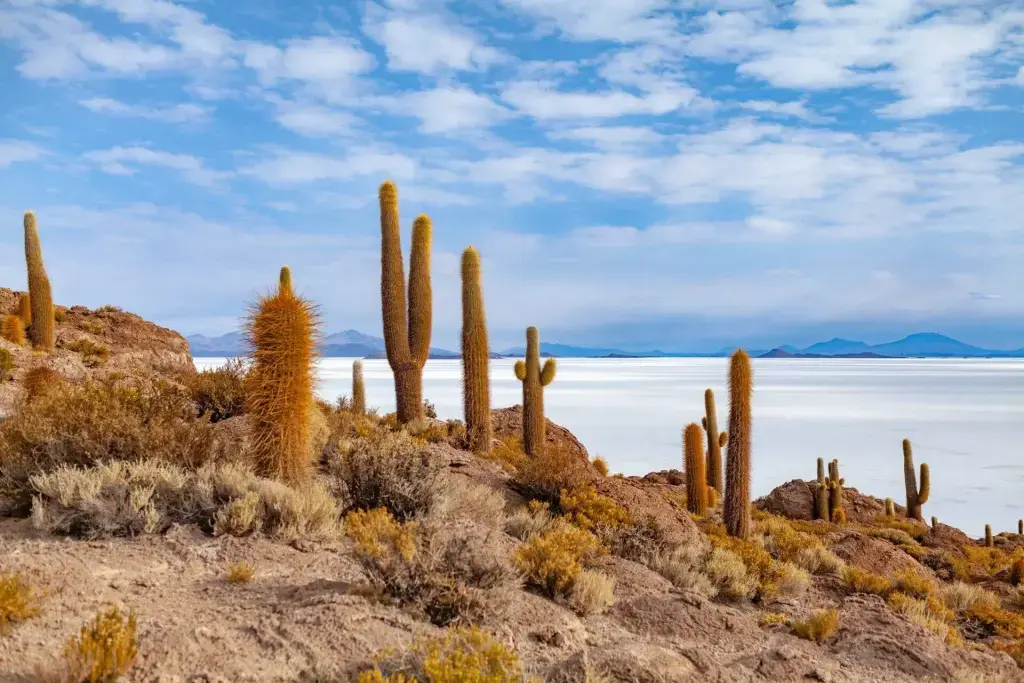
Puyehue National Park, in southern Chile, is an ideal place for nature lovers and hikers. It boasts a wide variety of landscapes, from dense forests to crystal-clear lakes and active volcanoes.
The park’s main attraction is the Puyehue volcano, which rises to an altitude of over 2,200 metres. Hikers can climb the volcano and enjoy spectacular panoramic views of the surrounding area.
The park also offers many other outdoor activities, such as fishing, kayaking, camping and wildlife viewing, including wolves, pumas and condors.
Finally, the thermal baths at the Termas de Puyehue hotel are a real attraction for visitors looking to relax after a day’s hiking.
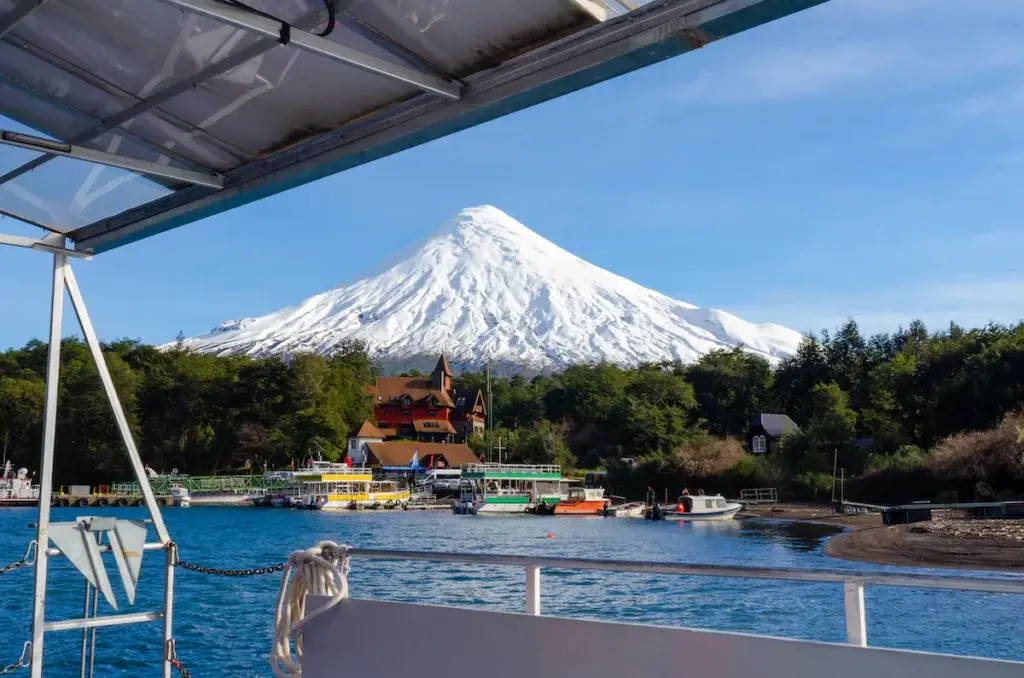
Samaipata, nestled in the mountains of eastern Bolivia, is an enchanting destination that combines history, nature and culture. This picturesque little village is best known for its exceptional archaeological site, the Fort of Samaipata, a UNESCO World Heritage Site.
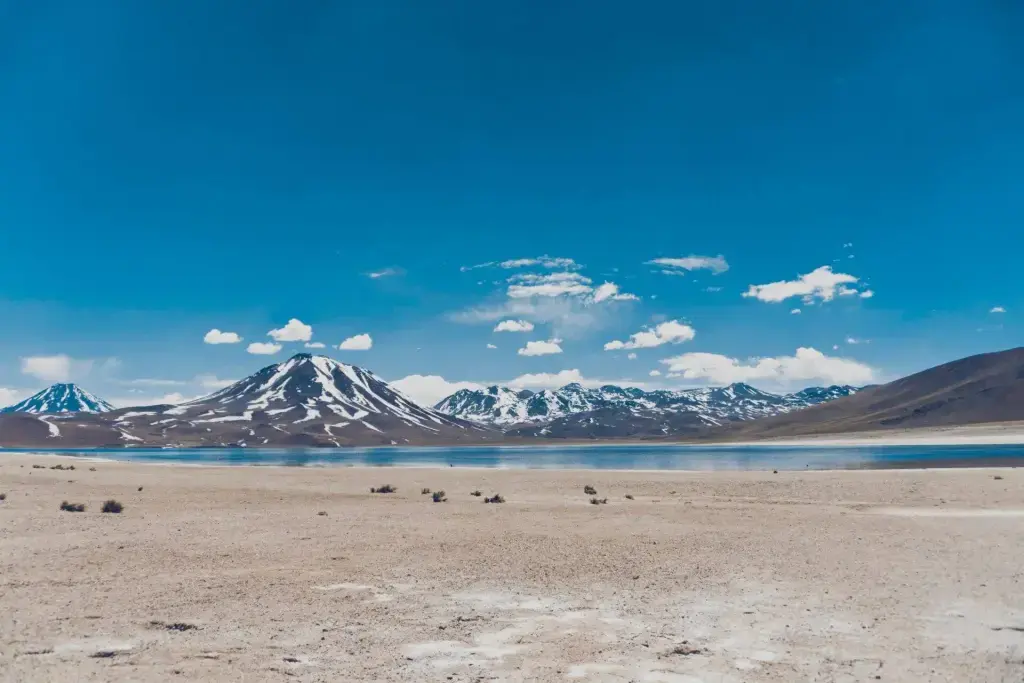
Sajama National Park, located in the Oruro region of Bolivia, is a natural and cultural treasure trove of great beauty. It takes its name from the Sajama volcano, Bolivia’s highest peak at over 6,500 metres. Sajama National Park is an off-the-beaten-track destination for travellers in search of adventure, unspoilt nature and authentic culture. Its varied landscapes, fascinating wildlife and peaceful atmosphere make it an essential stopover on your trip to Bolivia.
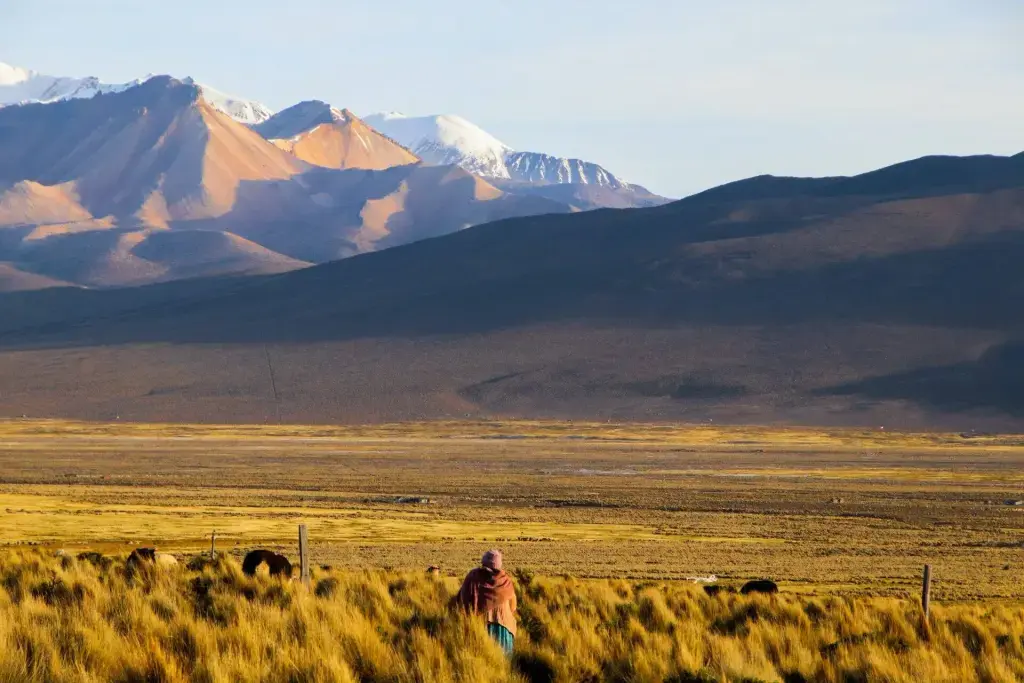
The Death Road, also known as the Yungas Road, is one of the world’s most dangerous and spectacular roads, located in Bolivia. The road winds its way through the mountains of the Andes, linking La Paz, the Bolivian capital, to the Yungas region, a tropical area below.
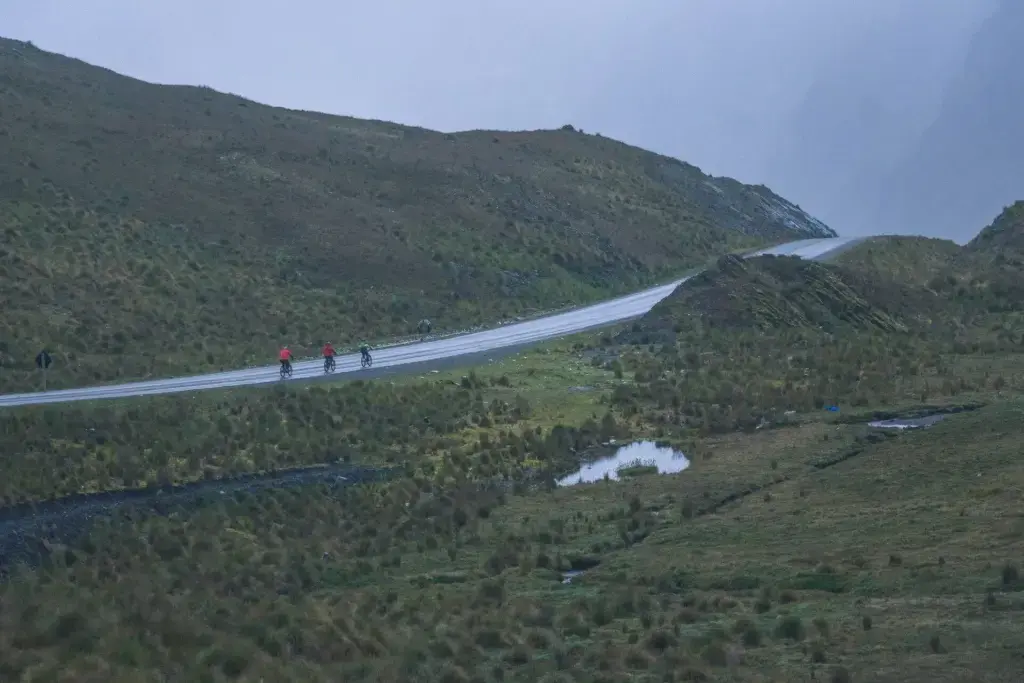
Copacabana, Bolivia, a place of exceptional natural beauty. Lake Titicaca stretches as far as the eye can see, reflecting the azure sky. The surrounding mountains create an impressive backdrop. The town itself is charming, with its narrow streets and white houses with terracotta roofs. The Copacabana church is an architectural gem, adorned with magnificent detailing. The local markets are bursting with color and flavor, offering unique handicrafts. Travelers often head to Copacabana to begin their adventure on Isla del Sol, a place steeped in Inca history and mythology.
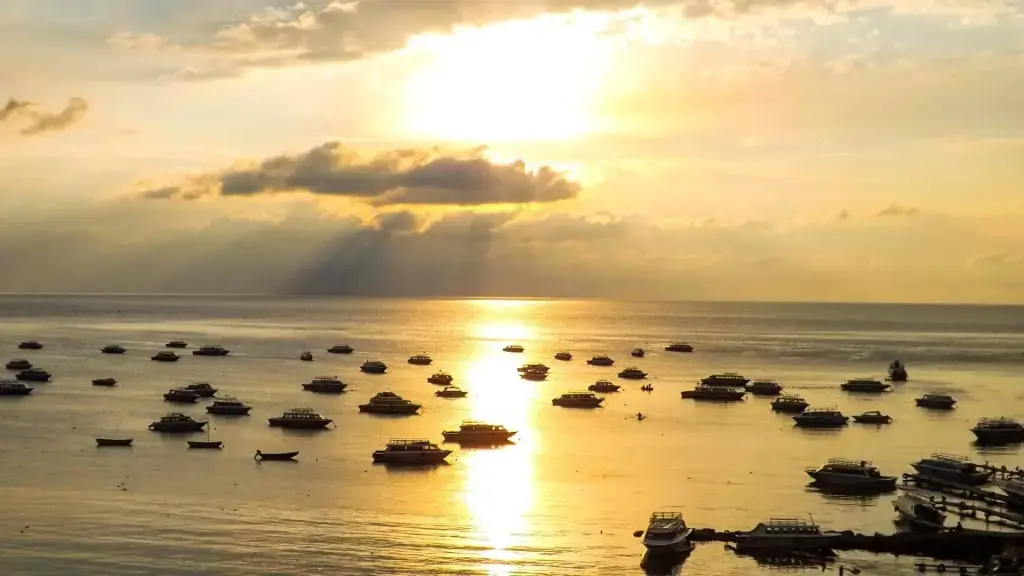
Located in the heart of Bolivia’s vast Gran Chaco region, Kaa-Iya del Gran Chaco National Park is an oasis of biodiversity and natural beauty. Covering more than 3.4 million acres, it is the largest national park in Bolivia and one of the largest in South America. The region is home to an incredible variety of wildlife, including jaguars, tapirs, pumas and many species of exotic birds.
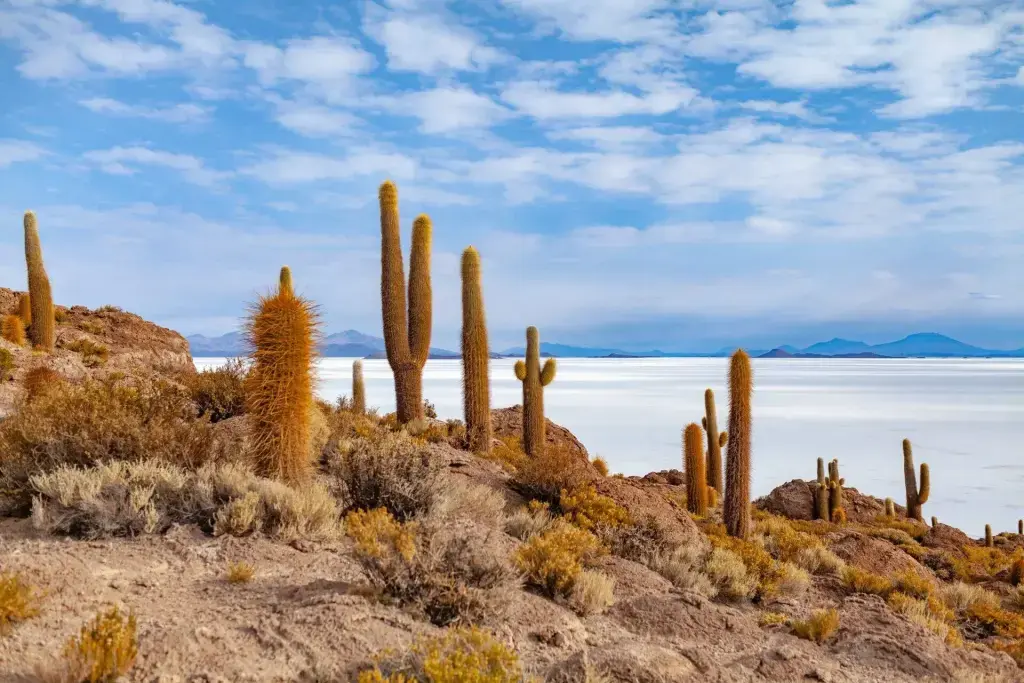
Trinidad, located in the heart of Bolivia, is a city that offers a unique experience for travelers. It is nestled in the tropical Beni region, surrounded by lush landscapes, winding rivers and dense forests. The town has retained its peaceful atmosphere and unspoilt natural beauty, making it an ideal getaway for those looking to get away from the hustle and bustle of the city.
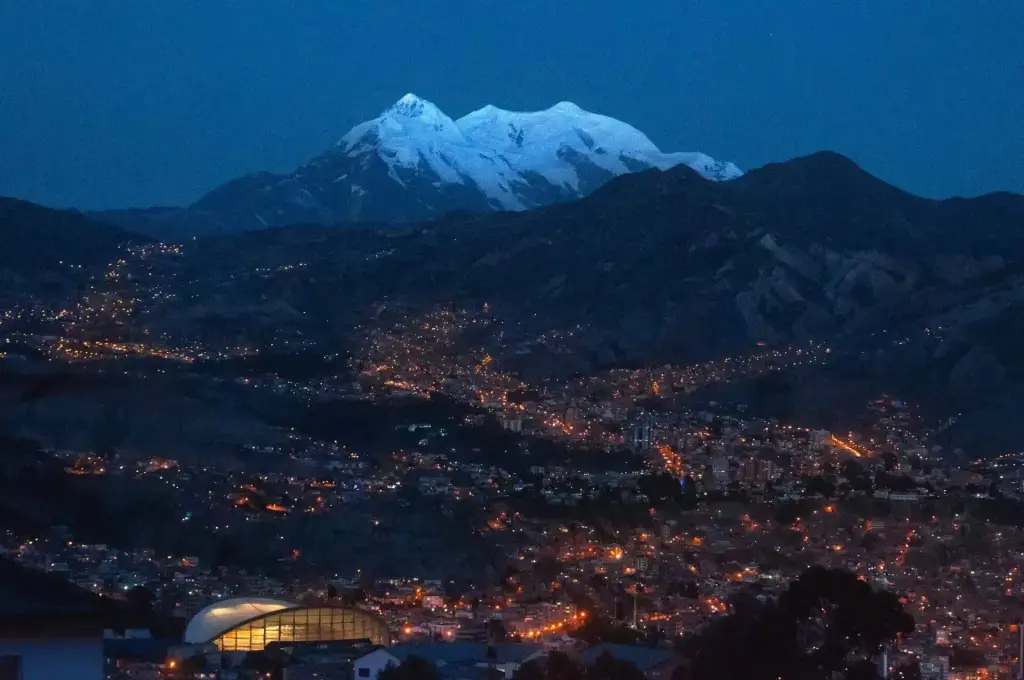
The Yungas Valley, nestled in the foothills of Bolivia’s Andes mountain range, offers breathtaking scenery. With its majestic mountains, verdant valleys and crystal-clear rivers, it’s a veritable paradise for nature lovers. This region is characterized by exceptional biodiversity, home to a variety of unique animal and plant species.
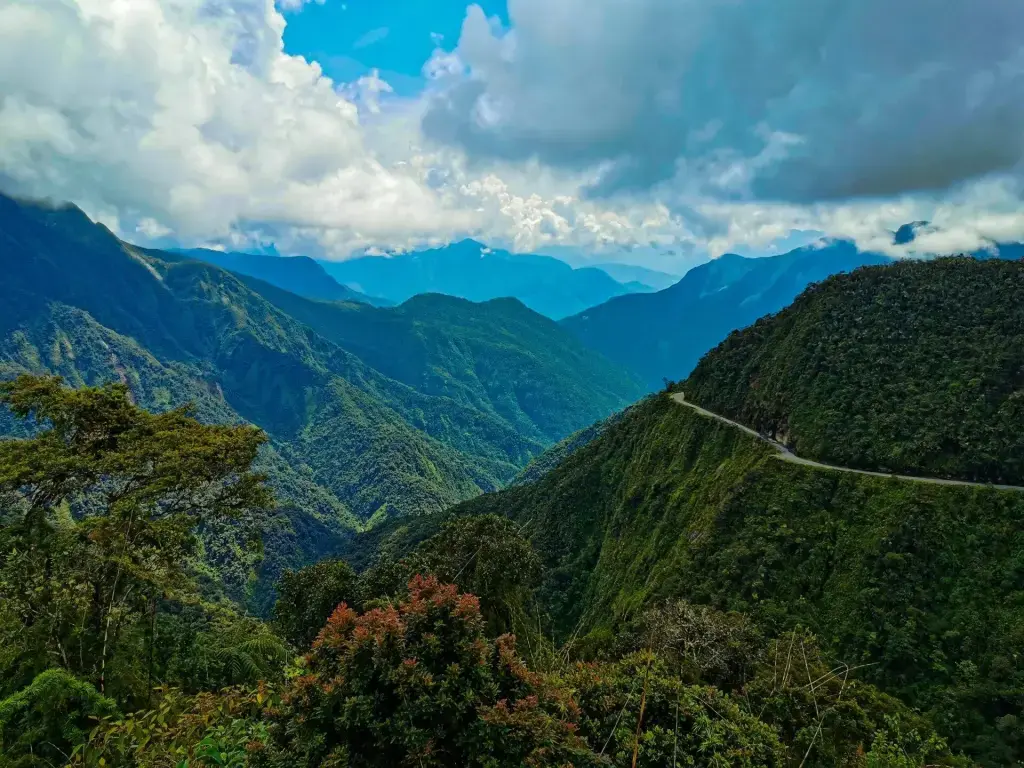
Tupiza, a picturesque little town nestled in the breathtaking landscapes of southern Bolivia, is an off-the-beaten-track destination to explore. Surrounded by colorful mountains, spectacular canyons and bizarre rock formations, this region is a playground for trekking, horseback riding and adventure enthusiasts. The panoramic views over the desert valleys and snow-capped peaks of the Andes are breathtaking.
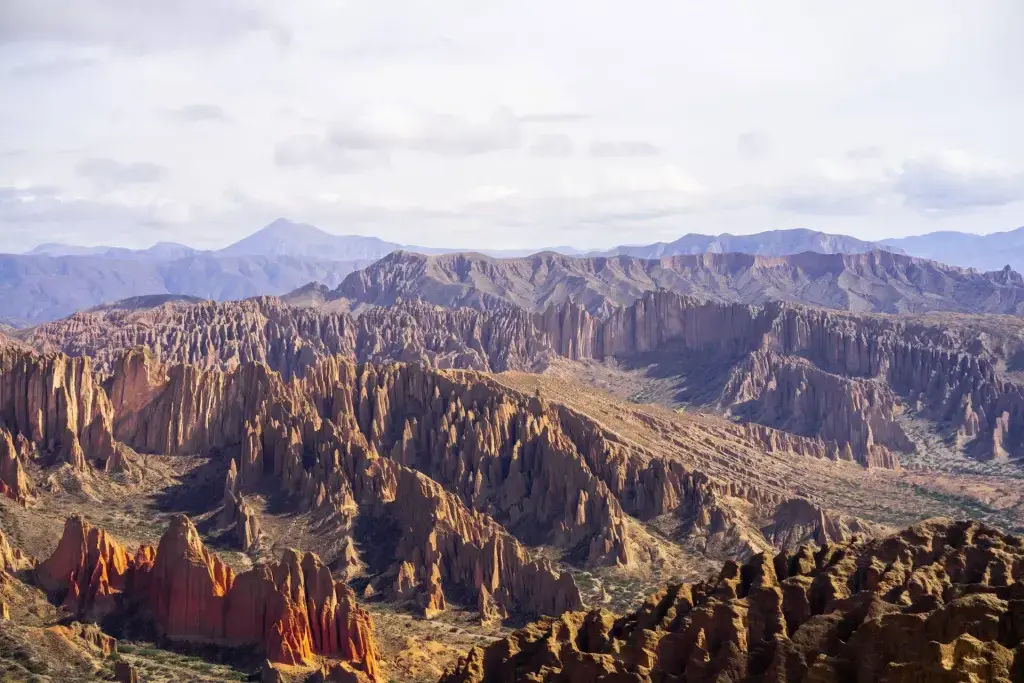
Tunari National Park, located in the Cochabamba region of Bolivia, is a natural treasure that offers an unforgettable getaway for nature lovers and outdoor enthusiasts. The park extends over thousands of hectares of mountains, forests, rivers and valleys, offering a diverse landscape to explore.
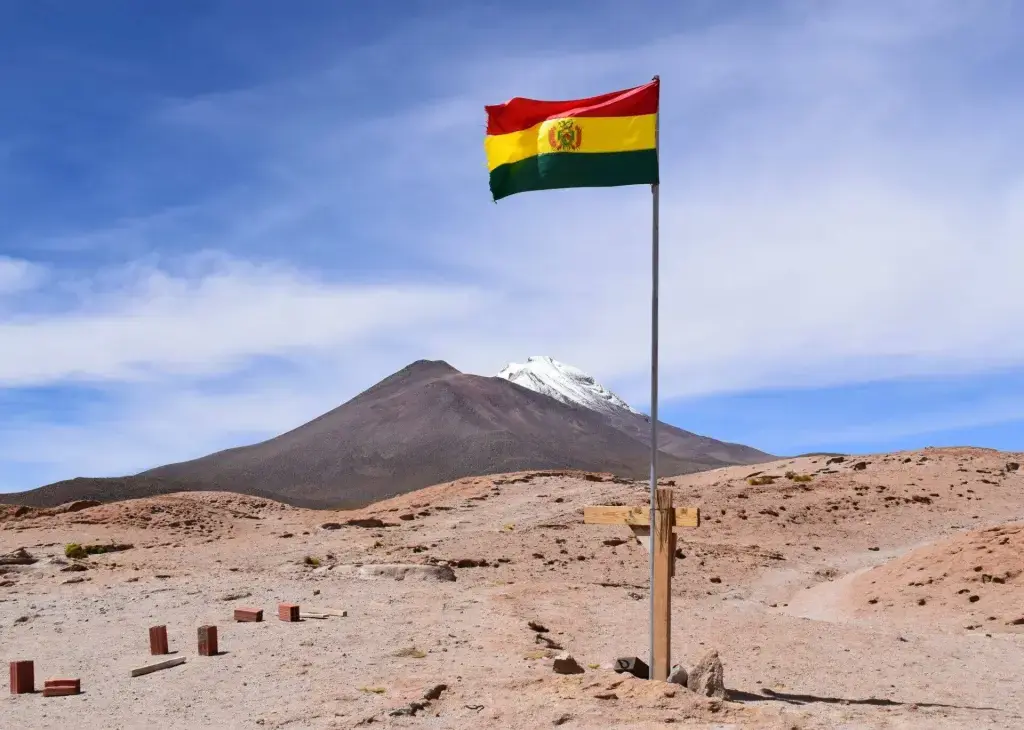
Amboró National Park is one of Bolivia’s natural gems, located in the Santa Cruz region. Covering an impressive area of over 4,400 square kilometers, this park offers an incredible diversity of landscapes, flora and fauna, making it one of the most biodiverse national parks in the country.
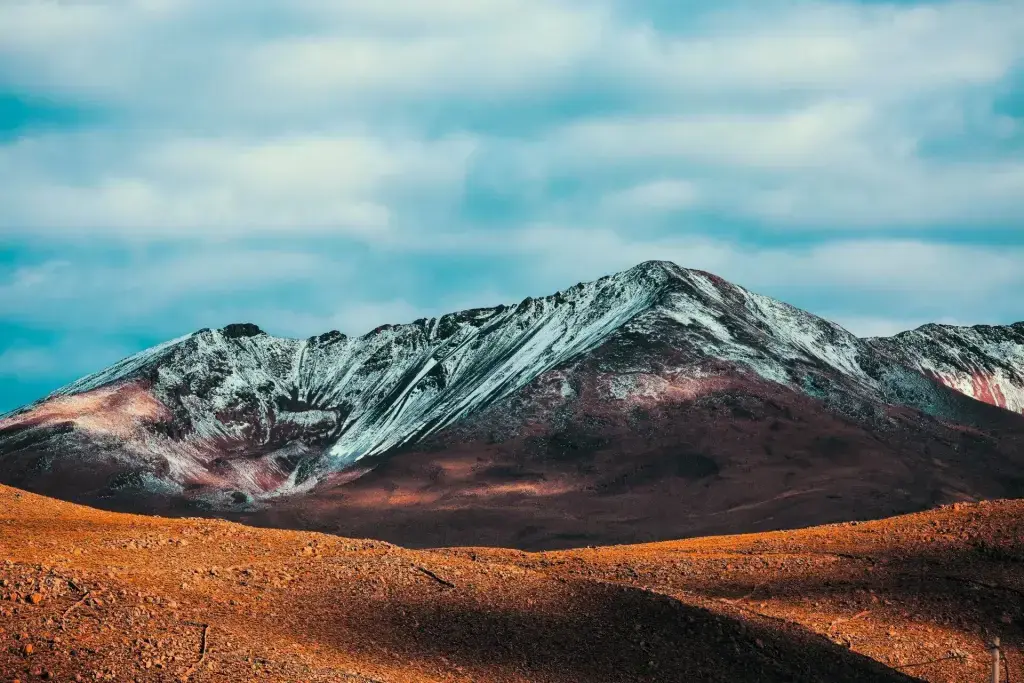
Do you have any questions?
Our teams are here to advise you!

4,3/5 on Trustpilot

Certified partners

Human & committed service

Customized offer

Optimal coverage